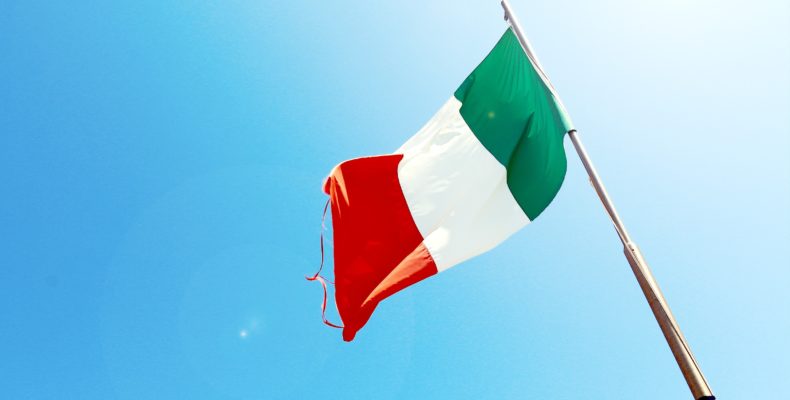The results of the Italian elections that took place on the 25 of September, presents a new political scenario in the country. The right-wing coalition led by Giorgia Meloni (political party Hermanos de Italia- Fdl) has won the 44% of the votes both in the Chamber of Deputies and the Senate.
These elections have been affected by the lack of participation, only 64%.This drop in voter turnout has been particularly notable in the southern regions of the country, such as Campania (-15.1%), Calabria (-13.0%) and Sardinia (-12.6%), among others. This, coupled with s general disinterest in politics among Italian citizens, it’s seen as one of the causes behind Meloni’s success.
Indeed, the far-right movement has been gaining strength in the southern regions of the country. In the Sardinian case, the last regional elections celebrated in 2019 presented a similar panorama. The candidate with the support of Mateo Salvini (La liga), Christian Solinas, was elected as president of the region. This changed the political power of the region, where a centre-left party had previously governed. Likewise, that regional elections indicated the serious downward trend in several parts of the country of the 5 Star Movements, as well as the political left in general.
The political party of Salvini has lost strength in the general elections. As we can see in Sardinia, Hermanos de Italia was the political party most voted, with 23.6% of votes, whereas La Liga only achieved 6.3%. However, the right-wing movement (formed by several parties with far-right leanings) has been strengthened in these elections. The right-wing bloc has not achieved such favourable results since 2008 elections, which presents a remarkable change in the Italian political framework.
Read the complete entry on El País (2022) y El País (2019).
